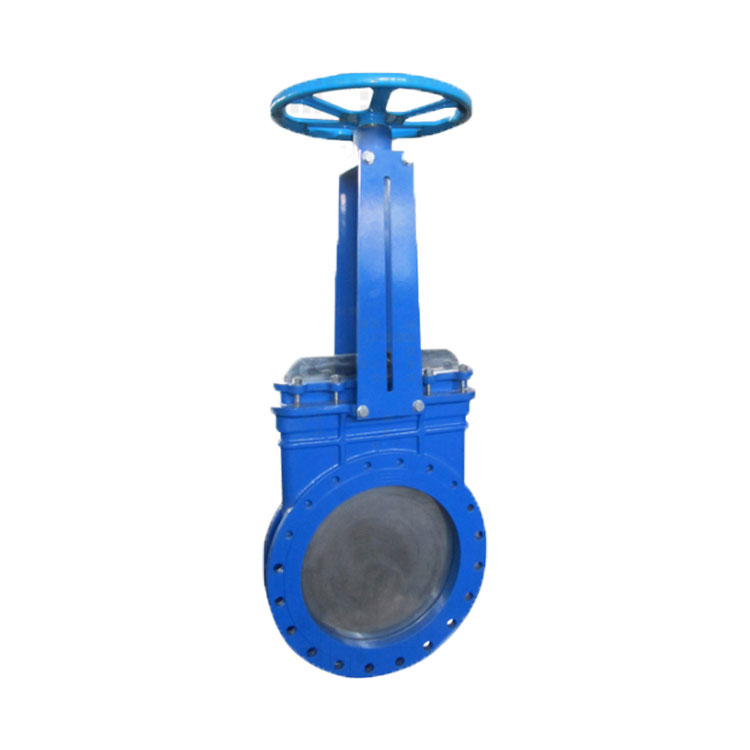Features and considerations for a non-rising stem knife gate valve
2024-01-23
A non-rising stem knife gate valve is a type of industrial valve that operates without the stem rising or extending outside the valve body during opening or closing. Instead of the stem moving vertically, the gate or blade of the valve moves within the body horizontally to control the flow of fluids. Here are key features and considerations for a non-rising stem knife gate valve:
1. Design: The non-rising stem knife gate valve features a gate or blade that moves horizontally within the valve body to control the flow of fluids. The stem does not extend or rise outside the valve body during operation.
2. Gate or Blade Construction: Similar to other knife gate valves, the gate or blade of the non-rising stem valve is typically made from materials that provide wear resistance and durability. Common materials include stainless steel, cast iron, or other alloys depending on the application.
3. Horizontal Movement: The gate or blade of the valve moves horizontally to open or close the flow path. This design is suitable for applications where vertical space is limited or where the stem rising outside the valve body is impractical.
4. Actuation Methods: Non-rising stem knife gate valves can be actuated manually using a handwheel or lever, or they can be automated using pneumatic, electric, or hydraulic actuators. The choice of actuation method depends on the application and control requirements.
5. Applications: These valves find applications in industries such as wastewater treatment, pulp and paper, mining, and chemical processing. They are suitable for handling slurries, viscous fluids, or media with suspended solids.
6. Bi-Directional Sealing: Non-rising stem knife gate valves are often designed to provide bidirectional sealing, effectively sealing against the flow of fluids in both the upstream and downstream directions.
7. Throttling vs. On-Off: While knife gate valves are primarily designed for on-off service, some designs may allow for limited throttling or flow control. However, they are not typically recommended for precise flow modulation due to the potential for wear and erosion of the gate.
8. Port Design: The port of the valve is designed to match the nominal size of the piping system. The unobstructed flow path when the valve is open minimizes pressure drop.
9. Self-Cleaning: The knife-like gate design allows for self-cleaning as it cuts through and removes any solid particles in the fluid, making them suitable for applications with slurries and viscous media.
10. Maintenance: Regular maintenance is essential to ensure the proper functioning of non-rising stem knife gate valves. Inspections, lubrication, and replacement of worn components may be necessary over time.
11. Material Compatibility: The materials used in the construction of the valve should be compatible with the characteristics of the fluid being handled, including factors such as corrosion resistance, temperature resistance, and chemical compatibility.
Non-rising stem knife gate valves are selected for applications where horizontal movement of the gate is preferred, and the stem rising outside the valve body is not practical or space-efficient. Proper selection, installation, and maintenance are crucial to ensure the longevity and performance of these valves in specific industrial processes.



